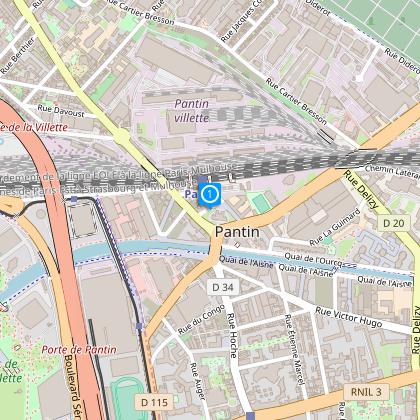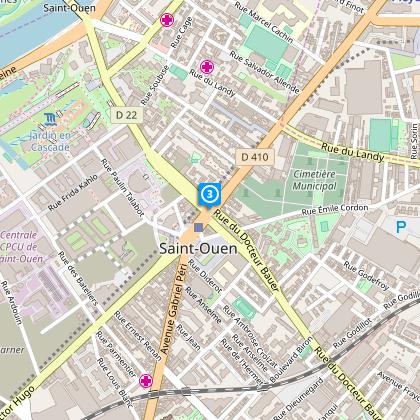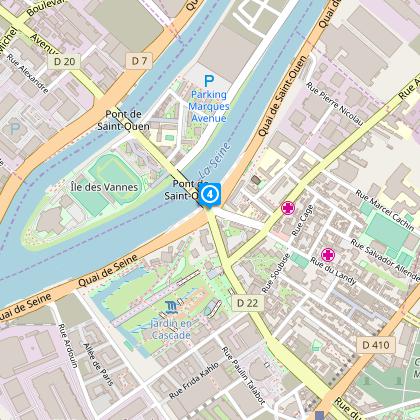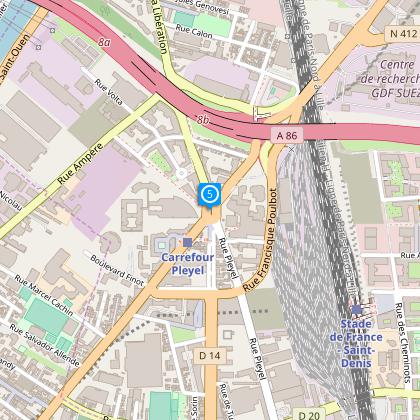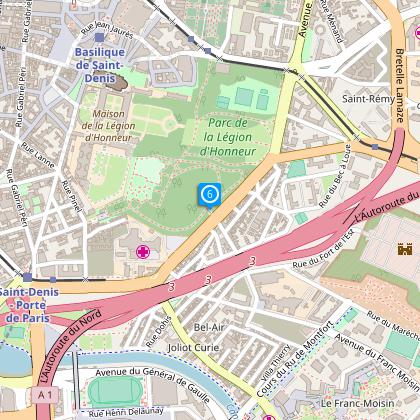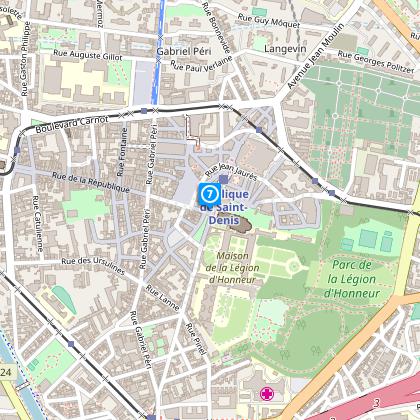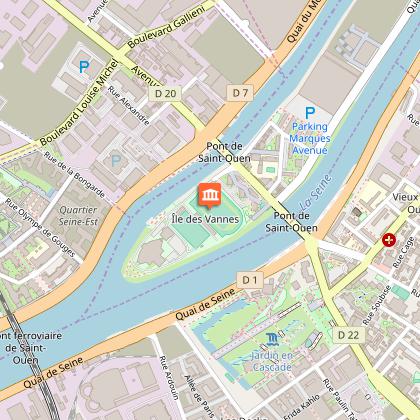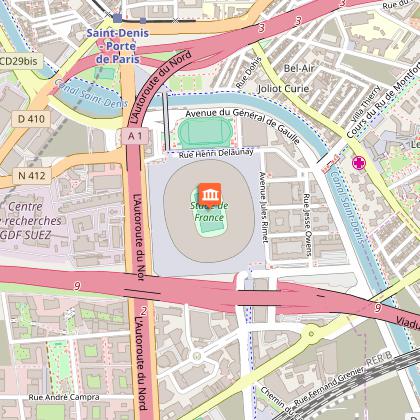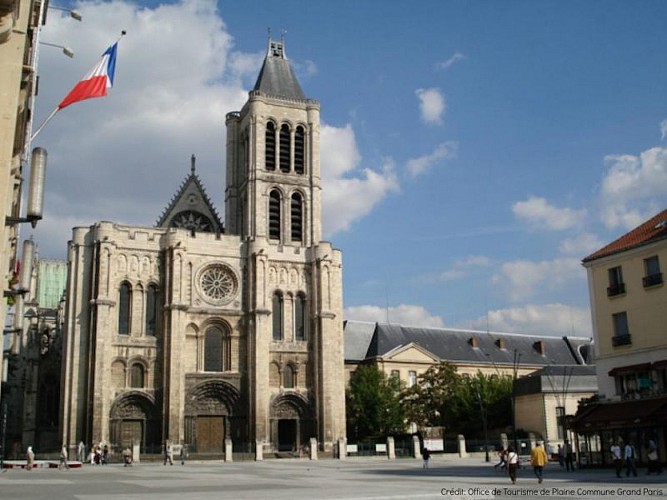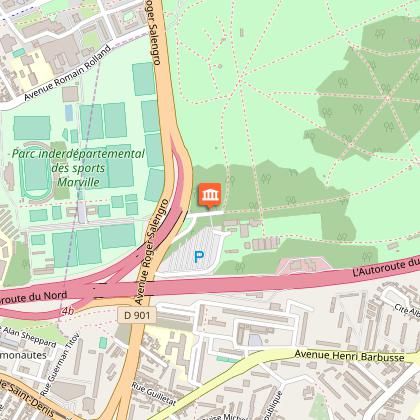警报
警报
练习类型
徒步
容易
6h
Presentation
描述
地图
步骤
兴趣点
Cirkwi 简报
评级和评论
周围的看点
24公里至2024年2018版
Cirkwi 简报
步行体验巴黎2024年奥运会场地:一次文化之旅
跟随FFRandonnée Seine-Saint-Denis精心策划的步行路线,不仅可以探索巴黎2024年奥运会的未来比赛场地,还能沿着塞纳-圣但尼运河畔的历史街道和Street Art Avenue的独特城市美景,拼接出一幅充满活力的文化和建筑奇观的拼图。这次旅程,不仅仅是一次简单的步行,更是通过圣但尼的街巷、Vannes岛的标志性景点和Georges-Valbon省立公园的广阔美景,与未来奥林匹克运动的体育精神建立起紧密联系的沉浸式叙事。
对于爱好者的简要技术评估
全长24.049公里的步行路径,最低海拔为24米,最高达56米,地势适度具有挑战性,总的正向爬升范围在32至49米之间。路线结构合理,适合各种参与者,提供10公里、15公里、18公里和全部24公里的选项,满足所有健身水平的步行者,同时确保全面体验巴黎2024年奥运会的重要地区。
季节性参观提示与安全
无论季节如何,做好准备都能增强您在这条多样化的步行路径上的体验。春秋季节需要注意穿衣搭配,因为天气变化多端。夏天需要防晒霜、帽子和充足的水分以保持在阳光下的水分补充。冬季虽然温和,但需要保暖的服装。始终带着地图和充电手机应对紧急情况。此外,保持在标记路径上行走对于安全和保护您将探索的自然和城市环境至关重要。查看当地的通告以了解任何可能影响可达性的临时限制或事件。
塞纳-圣但尼的脉动:历史洞察
塞纳-圣但尼拥有丰富的历史和文化底蕴,与其作为即将举办巴黎2024年奥运会的主办地的现代意义相融合。从作为重要工业中心的起源,到成为艺术和建筑创新的熔炉,这个地区一直处于进步的前沿。标志性的塞纳-圣但尼运河和Vannes岛体育场复合体的建筑奇迹,见证了该地区的传承与不断演进成为充满活力的社区,回应了奥运会所代表的活力精神。
天气概况和最佳参观时间
塞纳-圣但尼气候温和,冬季温和,夏季温暖。降雨量整年分布均匀,适合任何季节的参观。但为了获得最舒适的步行体验,晚春至早夏(5月-6月)和初秋(9月-10月)是理想的时间。这段时间气温宜人,雨水较少,能更好地享受户外活动和探索奥运场地以及该地区丰富的文化遗产的乐趣。
跟随FFRandonnée Seine-Saint-Denis精心策划的步行路线,不仅可以探索巴黎2024年奥运会的未来比赛场地,还能沿着塞纳-圣但尼运河畔的历史街道和Street Art Avenue的独特城市美景,拼接出一幅充满活力的文化和建筑奇观的拼图。这次旅程,不仅仅是一次简单的步行,更是通过圣但尼的街巷、Vannes岛的标志性景点和Georges-Valbon省立公园的广阔美景,与未来奥林匹克运动的体育精神建立起紧密联系的沉浸式叙事。
对于爱好者的简要技术评估
全长24.049公里的步行路径,最低海拔为24米,最高达56米,地势适度具有挑战性,总的正向爬升范围在32至49米之间。路线结构合理,适合各种参与者,提供10公里、15公里、18公里和全部24公里的选项,满足所有健身水平的步行者,同时确保全面体验巴黎2024年奥运会的重要地区。
季节性参观提示与安全
无论季节如何,做好准备都能增强您在这条多样化的步行路径上的体验。春秋季节需要注意穿衣搭配,因为天气变化多端。夏天需要防晒霜、帽子和充足的水分以保持在阳光下的水分补充。冬季虽然温和,但需要保暖的服装。始终带着地图和充电手机应对紧急情况。此外,保持在标记路径上行走对于安全和保护您将探索的自然和城市环境至关重要。查看当地的通告以了解任何可能影响可达性的临时限制或事件。
塞纳-圣但尼的脉动:历史洞察
塞纳-圣但尼拥有丰富的历史和文化底蕴,与其作为即将举办巴黎2024年奥运会的主办地的现代意义相融合。从作为重要工业中心的起源,到成为艺术和建筑创新的熔炉,这个地区一直处于进步的前沿。标志性的塞纳-圣但尼运河和Vannes岛体育场复合体的建筑奇迹,见证了该地区的传承与不断演进成为充满活力的社区,回应了奥运会所代表的活力精神。
天气概况和最佳参观时间
塞纳-圣但尼气候温和,冬季温和,夏季温暖。降雨量整年分布均匀,适合任何季节的参观。但为了获得最舒适的步行体验,晚春至早夏(5月-6月)和初秋(9月-10月)是理想的时间。这段时间气温宜人,雨水较少,能更好地享受户外活动和探索奥运场地以及该地区丰富的文化遗产的乐趣。
自动生成。
IGN 地图
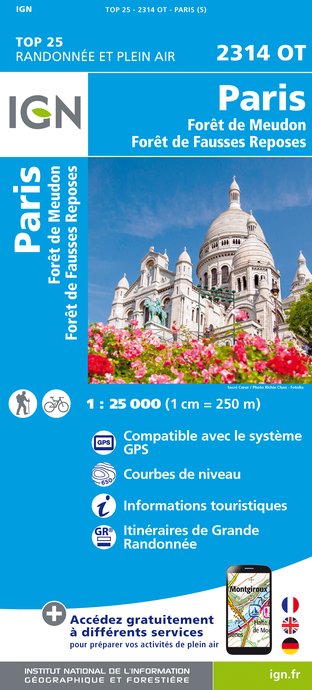
2314OT - PARIS FORÊT DE MEUDON FORÊT DE FAUSSES REPOSES
编辑器 : IGN
收藏 : TOP 25 ET SÉRIE BLEUE
梯子 : 1:25 000
13.90€
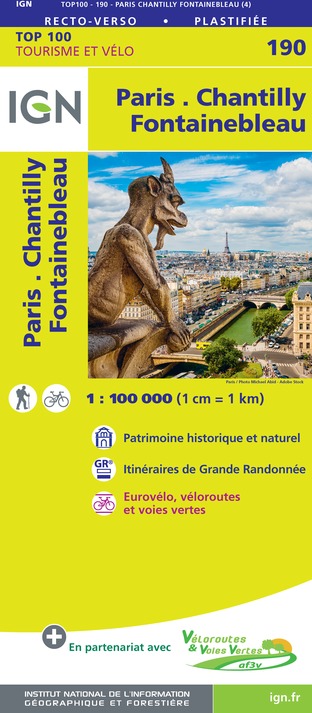
190 PARIS CHANTILLY FONTAINEBLEAU
编辑器 : IGN
收藏 : TOP 100
梯子 : 1:100 000
8.40€
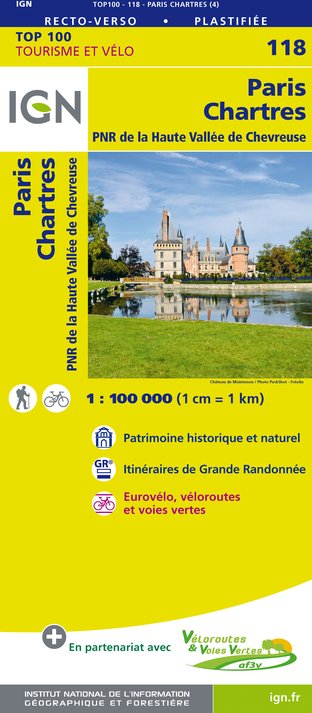
118 PARIS CHARTRES PNR DE LA HAUTE VALLÉE DE CHEVREUSE
编辑器 : IGN
收藏 : TOP 100
梯子 : 1:100 000
8.40€

108 PARIS ROUEN BEAUVAIS PNR DU VEXIN FRANÇAIS
编辑器 : IGN
收藏 : TOP 100
梯子 : 1:100 000
8.40€
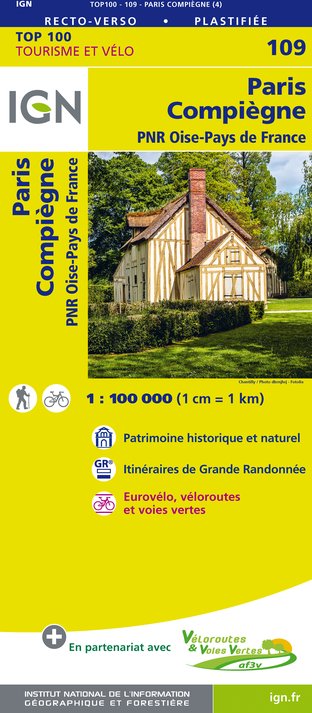
109 PARIS COMPIÈGNE PNR OISE-PAYS DE FRANCE
编辑器 : IGN
收藏 : TOP 100
梯子 : 1:100 000
8.40€

D75-95 ÎLE-DE-FRANCE OUEST
编辑器 : IGN
收藏 : CARTES DÉPARTEMENTALES IGN
梯子 : 1:150 000
5.90€

D77 SEINE-ET-MARNE
编辑器 : IGN
收藏 : CARTES DÉPARTEMENTALES IGN
梯子 : 1:150 000
5.90€
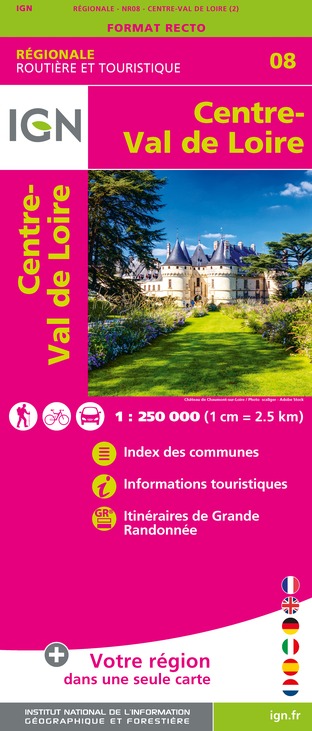
NR08 CENTRE-VAL DE LOIRE
编辑器 : IGN
收藏 : CARTES RÉGIONALES IGN
梯子 : 1:250 000
6.80€

NR03 ÍLE DE FRANCE
编辑器 : IGN
收藏 : CARTES RÉGIONALES IGN
梯子 : 1:250 000
6.80€

NR01 HAUTS-DE-FRANCE
编辑器 : IGN
收藏 : CARTES RÉGIONALES IGN
梯子 : 1:250 000
6.80€
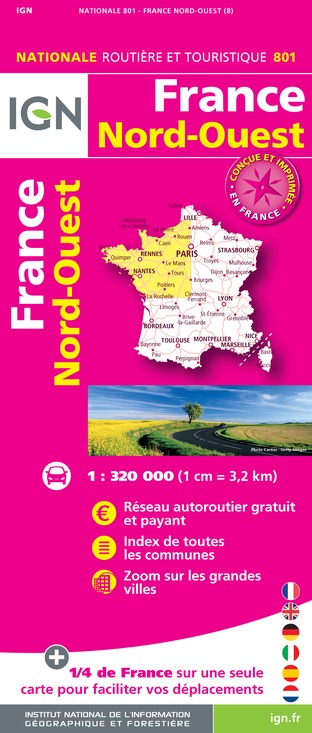
801 FRANCE NORD OUEST
编辑器 : IGN
收藏 : CARTES NATIONALES IGN
梯子 : 1:320 000
6.10€

EUROPE
编辑器 : IGN
收藏 : DÉCOUVERTE DES PAYS DU MONDE IGN
梯子 : 1:2 500 000
7.00€
技术信息
徒步
难度
容易
持续时间
6h
(1天)
距离
24 km
练习类型
徒步
容易
6h
显示更多信息
高程剖面
起点
2
Place du Président Salvador Allende
,
93500
Pantin
Lat : 48.89711Lng : 2.40083
步骤
兴趣点
数据作者

提出者
CDRP 93
1Ter Place des martyrs de la Résistance et de la Déportation 93110 Rosny-sous-Bois France
评级和评论
周围的看点
